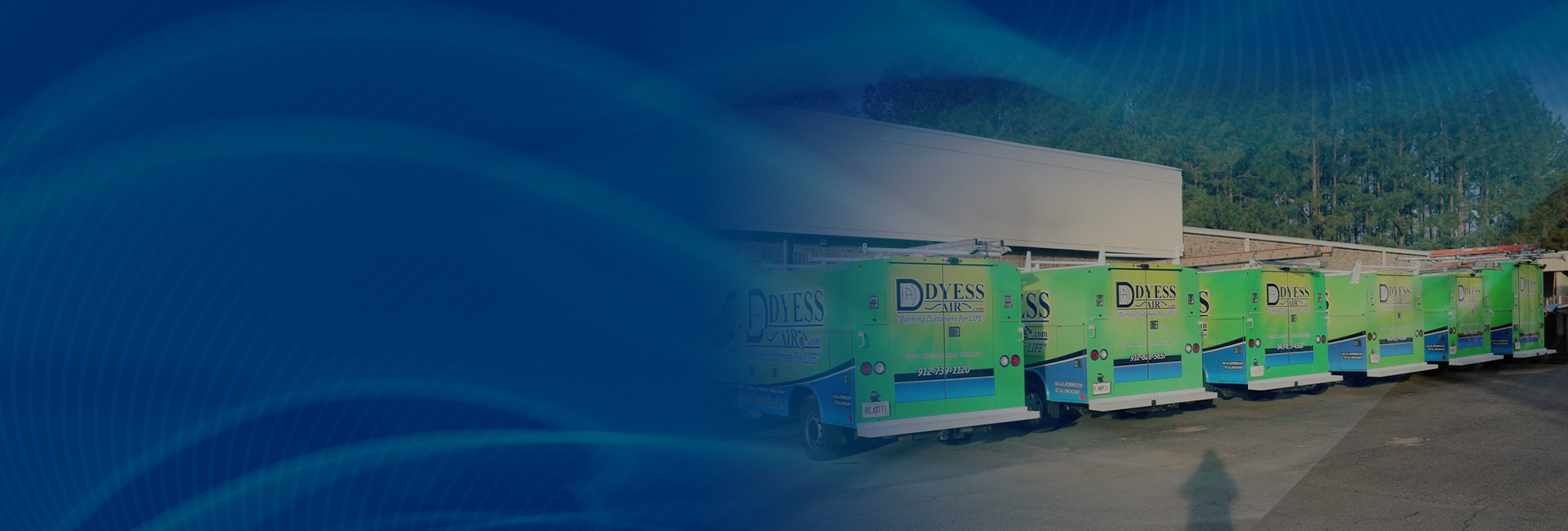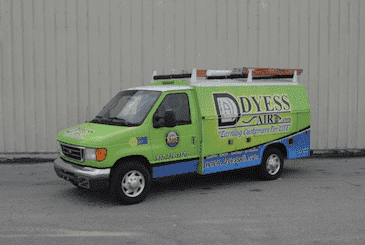What Is a Smart Thermostat
You probably know all about the latest smartphones, tablets, and TVs as well as the newest updates in your favorite holidays. But, if someone asked you to name an improvement in HVAC technology in the last ten years for heating and cooling your home, there’s a good chance you wouldn’t be able to come up with anything.
However, if someone asked you if it’s better to know about things that cost you money or save you money, you’d probably pick saving money. With that in mind, take a few minutes to learn about the latest advances in HVAC technology that can slash your energy bills and open up room in your budget for those new gadgets.
Smart Thermostats
These days, there’s an app for everything, and your heating and cooling systems are no exceptions. The fact that you can save money by using a programmable thermostat to turn down the thermostat when you’re at work or sleeping is old news. Today, your thermostat can think for you.
Instead of programming a set schedule, you spend a few weeks telling your thermostat when you wake up, leave, come back, and go to bed. After that, it automatically adjusts the temperature for you based on the day of week, time, and outside temperature.
You also don’t need to worry about coming home early to a hot house or forgetting to cancel the programming while you’re on vacation. Simply log on to your phone app from anywhere at any time to tell your thermostat where you are.
Variable Speed Blowers
One of the most common reasons people crank up their thermostats and let their energy bills rise is because they feel hot or cold when the HVAC system shuts off between cooling or heating cycles. Variable speed blowers help eliminate these temperature swings.
Instead of simply turning on and off, a variable speed blower runs at high speed when the home’s temperature needs to be changed and then slows down to a holding speed once the desired temperature is reached. This allows the thermostat to be set at a lower level and saves energy even though the overall running time may be longer.
Improved Heating and Cooling Efficiency
Not all furnaces and air conditioners are created equally. Just like different cars have different gas mileage, different HVAC systems use different amounts of energy to heat or cool a home.
Heating efficiency is measured by the Annual Fuel Utilization Efficiency rating (AFUE). It measures the amount of energy that is used by your furnace that is actually turned into heat. For example, an AFUE of 80 percent means that 80 percent of the energy a furnace uses is turned into heat and 20 percent of the energy is wasted.
For furnaces manufactured after September 2015, the Department of Energy mandates a minimum AFUE of between 80 to 84 depending on the fuel type and whether the furnace is designed for a mobile home or permanent structure. The Federal Trade Commission requires the efficiency rating to be displayed on the packaging so that you can compare models and calculate the energy savings from switching to a more expensive, but more efficient, furnace.
Cooling efficiency is measured by the Seasonal Energy Efficiency Ratio. It is calculated by dividing the annual cooling output of an air conditioner by its annual energy use. The higher the SEER rating, the more efficient the air conditioner.
Starting in 2015, air conditioners installed in Georgia are required to have a minimum SEER rating of 14 with high-efficiency models having ratings in the 20s. Air conditioners installed just 15 years ago may be less than half as efficient with SEER ratings as low as 6 to 10.
To learn more about how you can bring the latest HVAC technology into your home, visit Dyess Air & Plumbing’s heating or air conditioning pages or call (843) 242-0855. We proudly bring energy-efficient comfort to the communities surrounding Savannah, Georgia.

